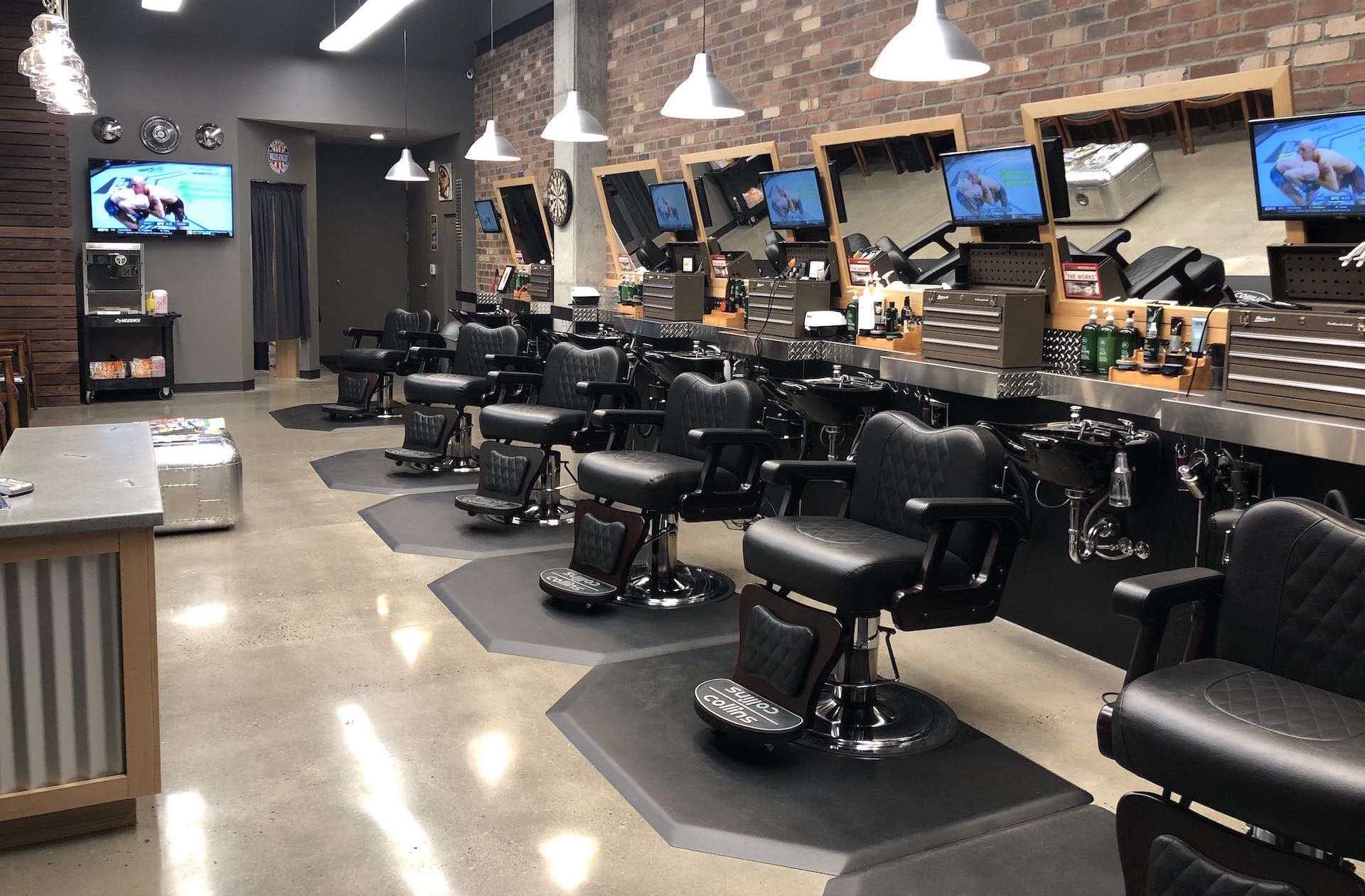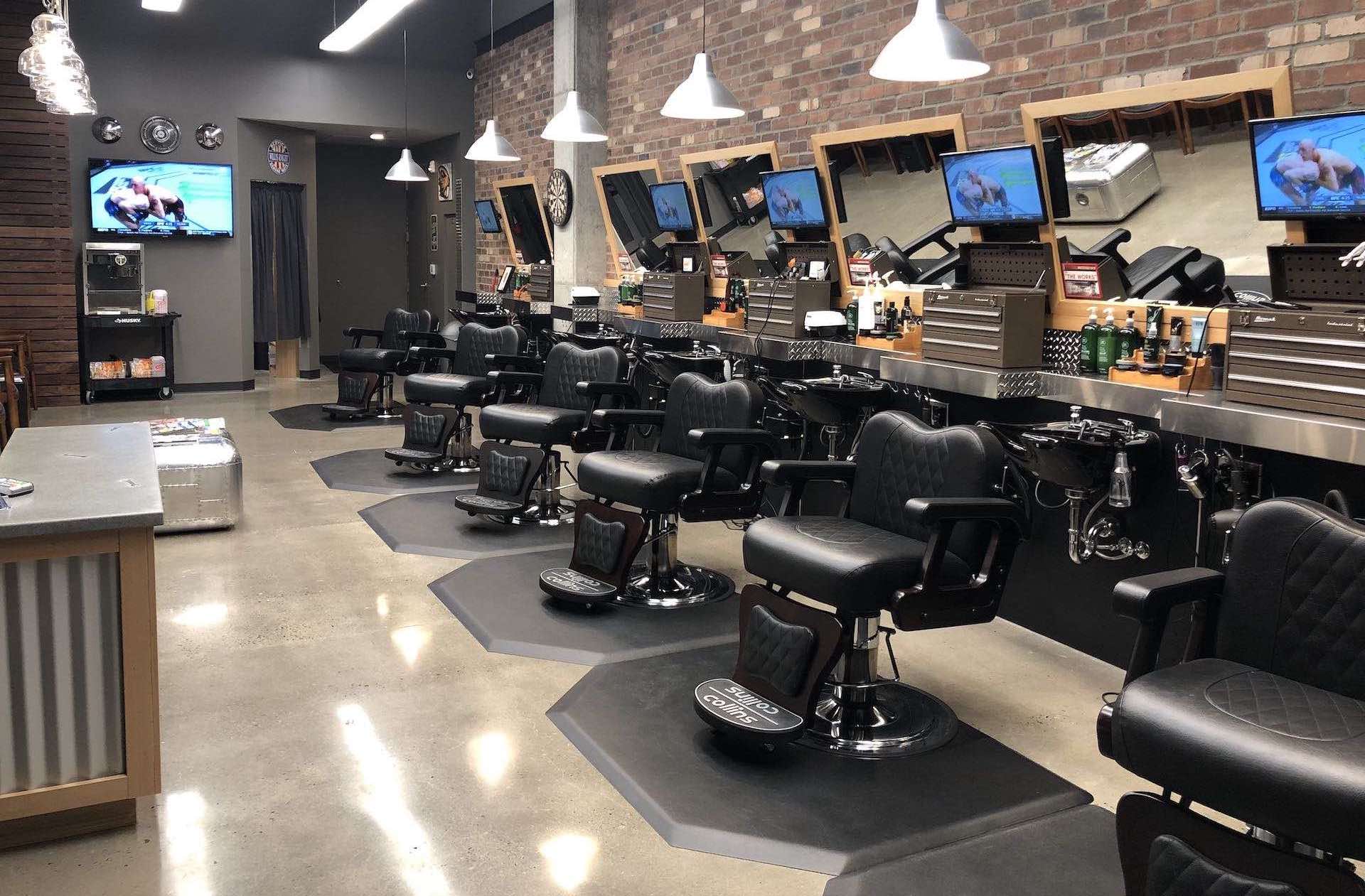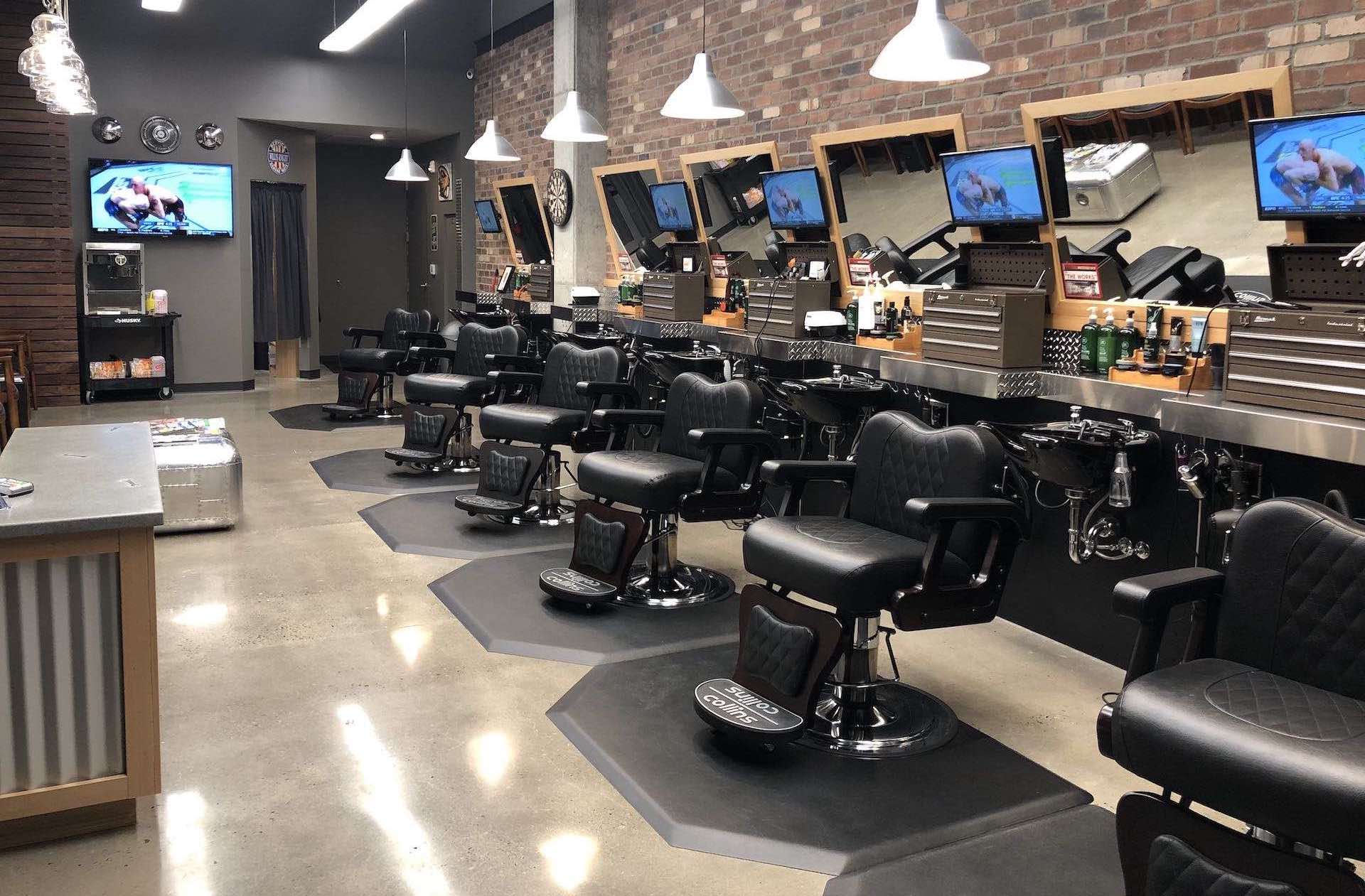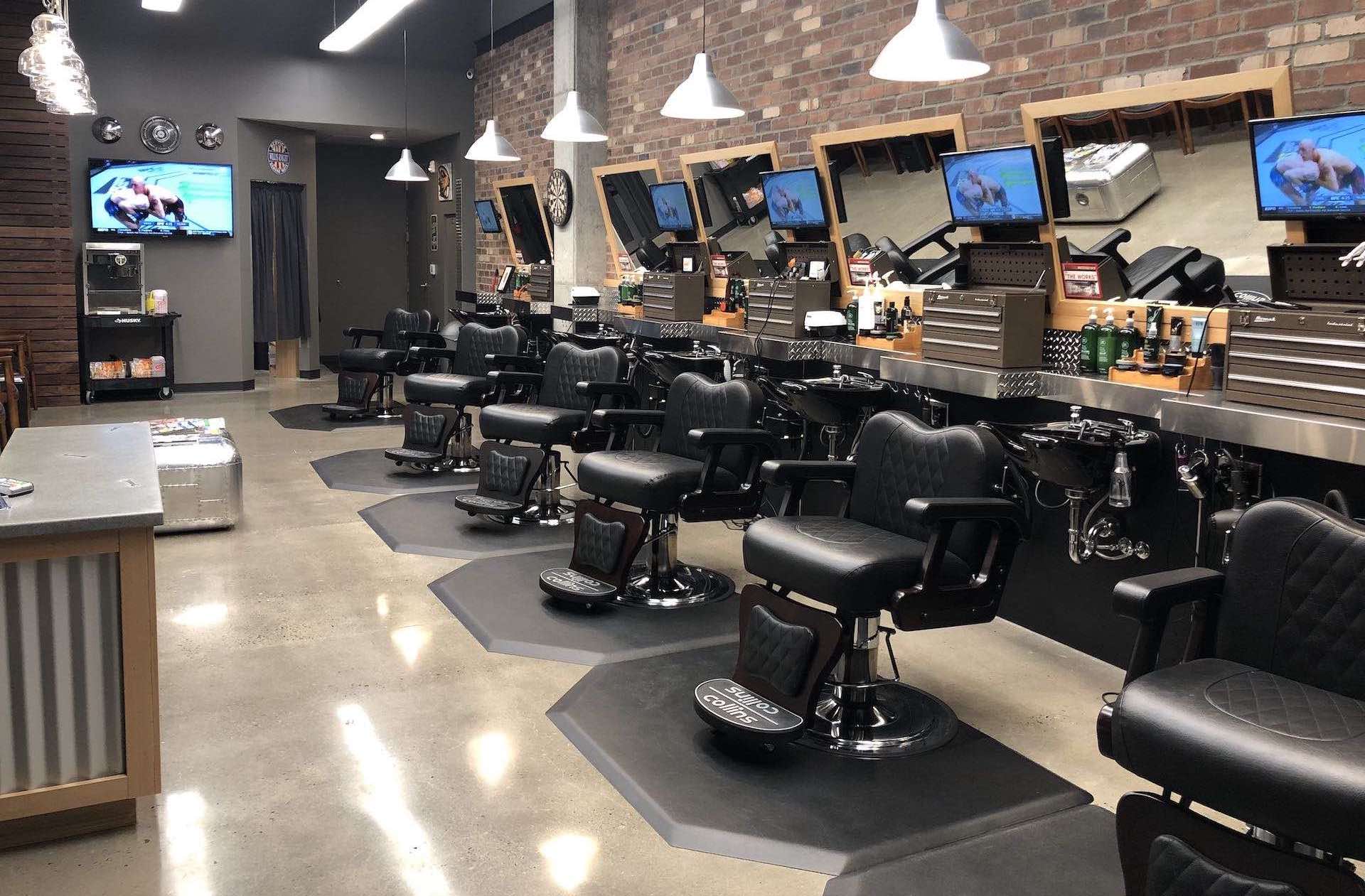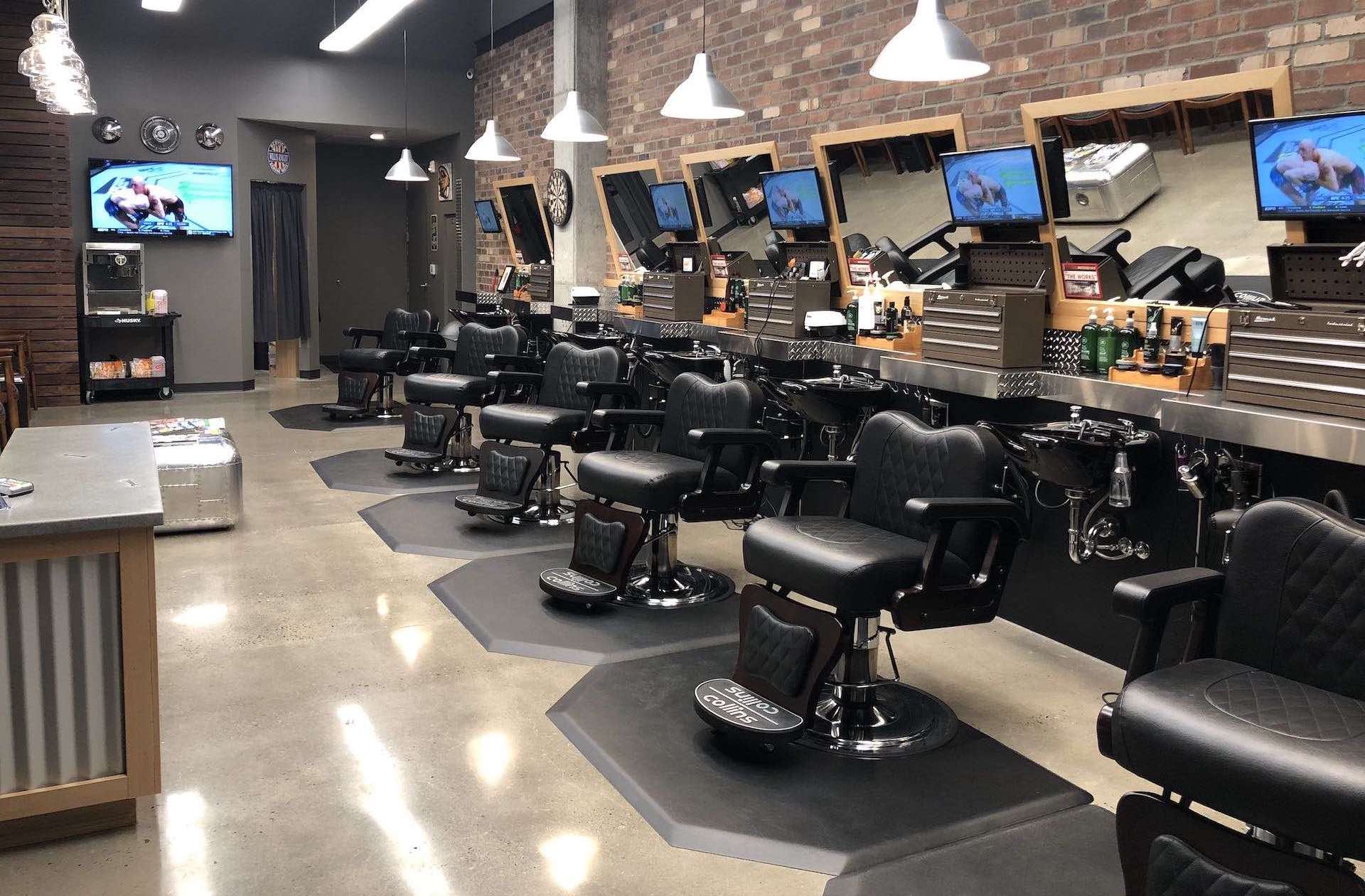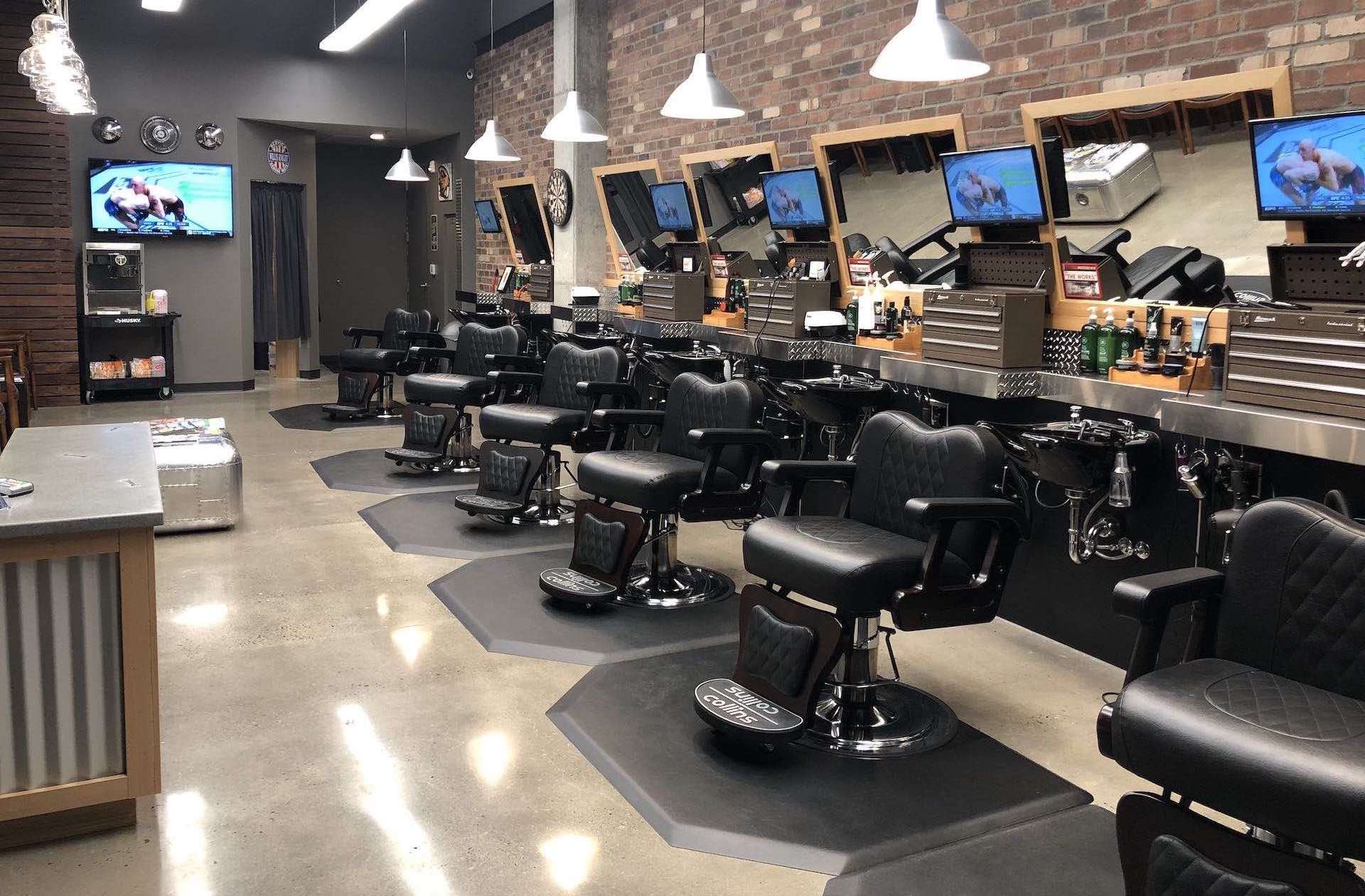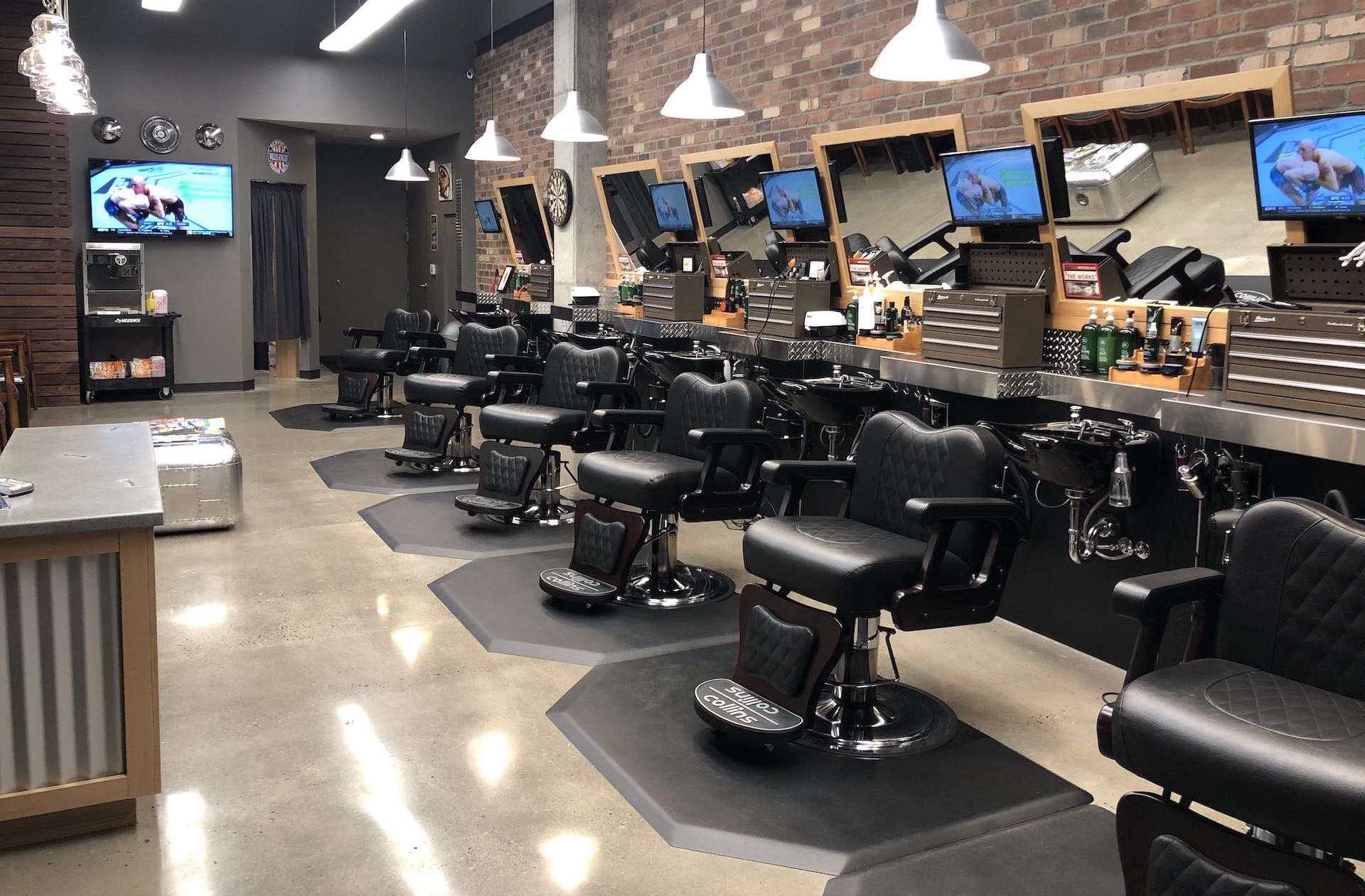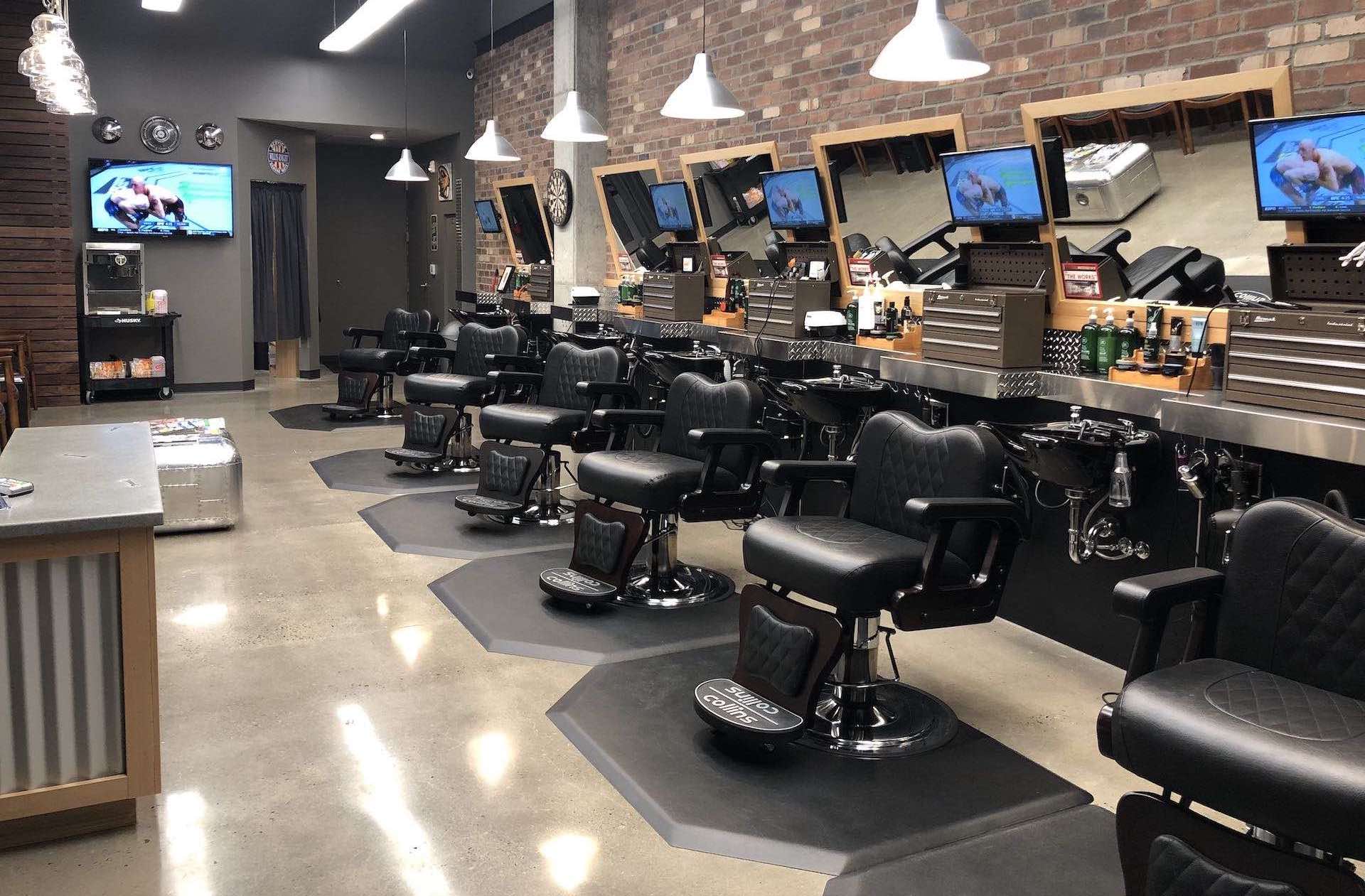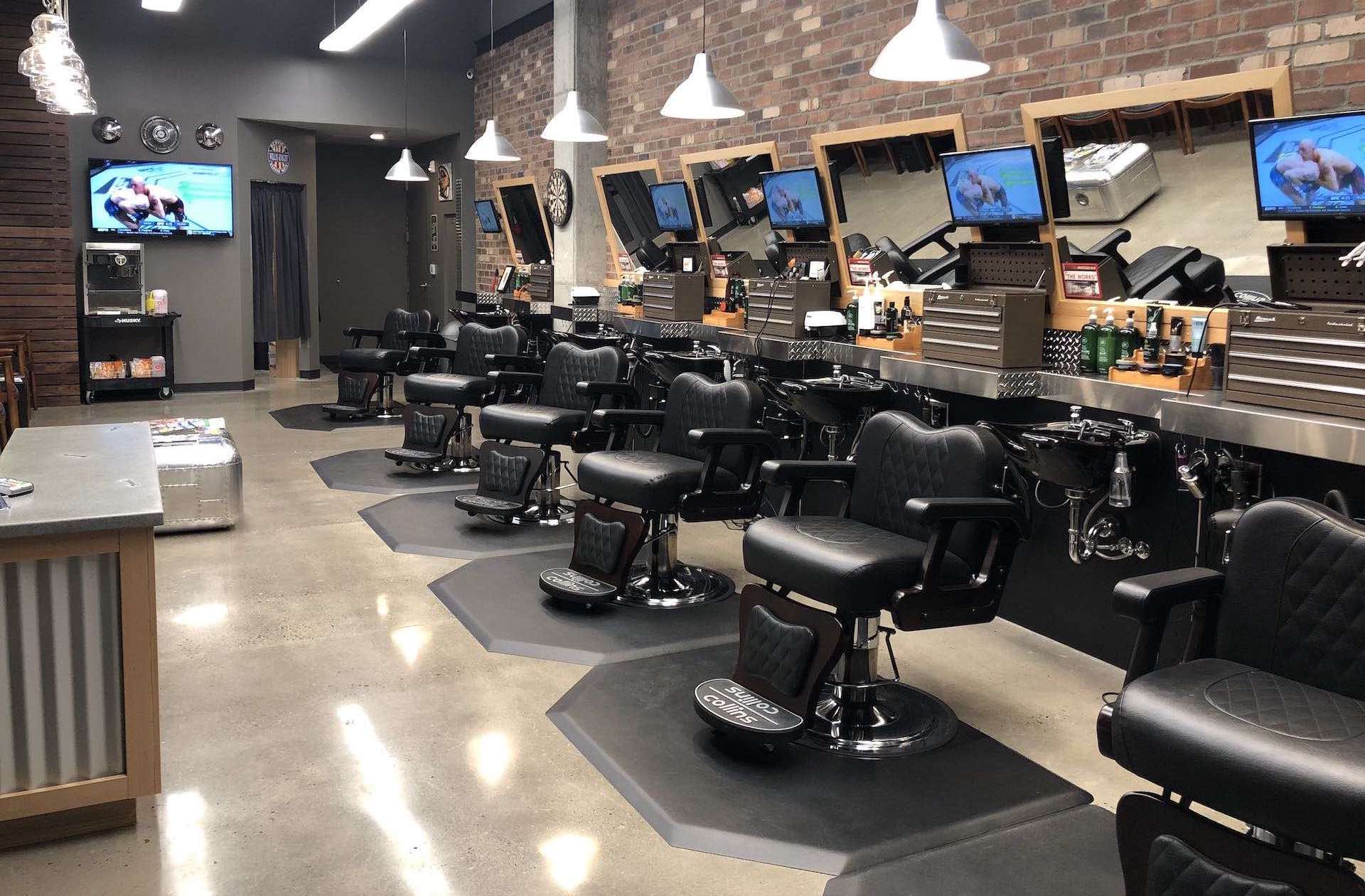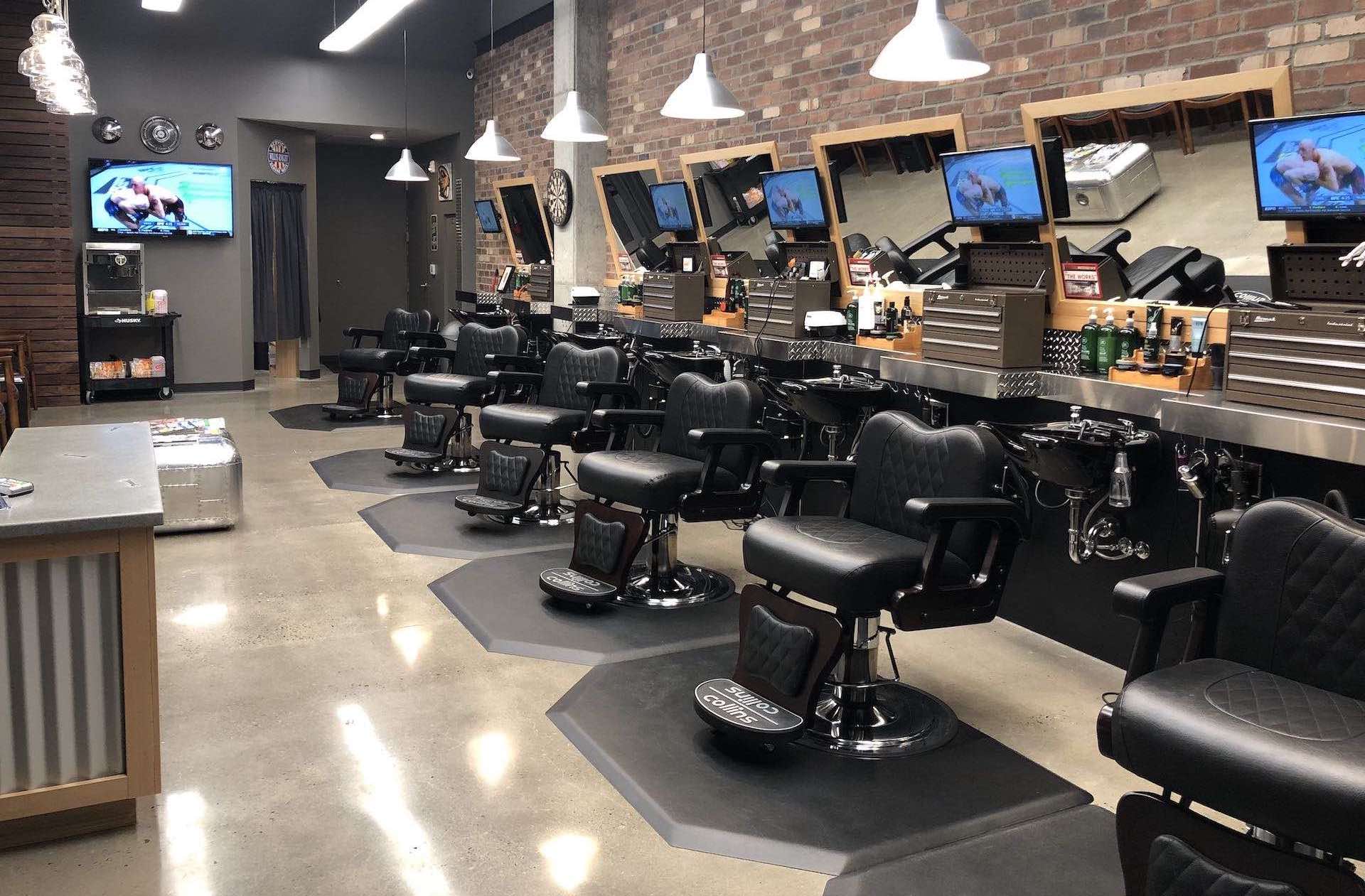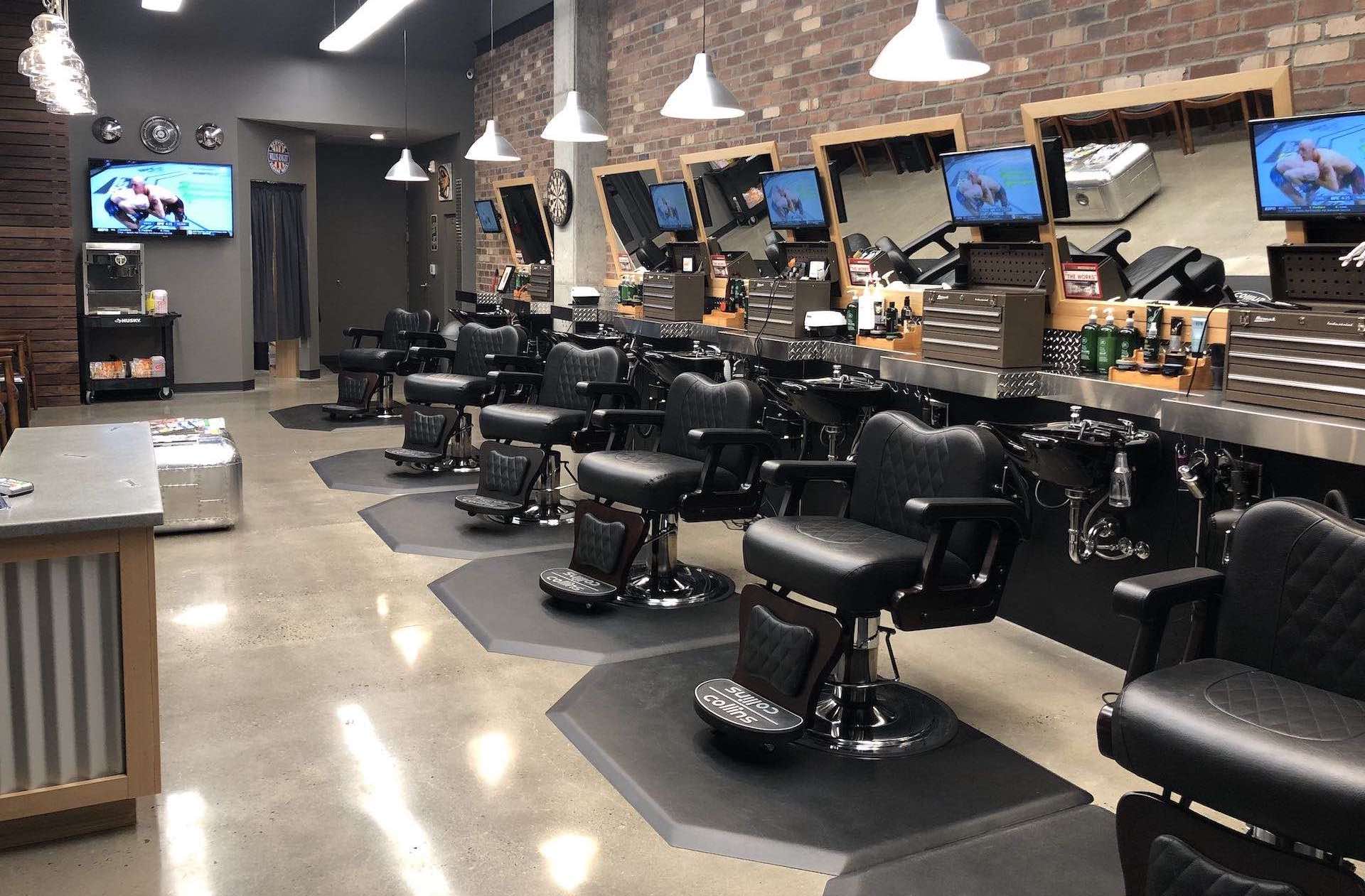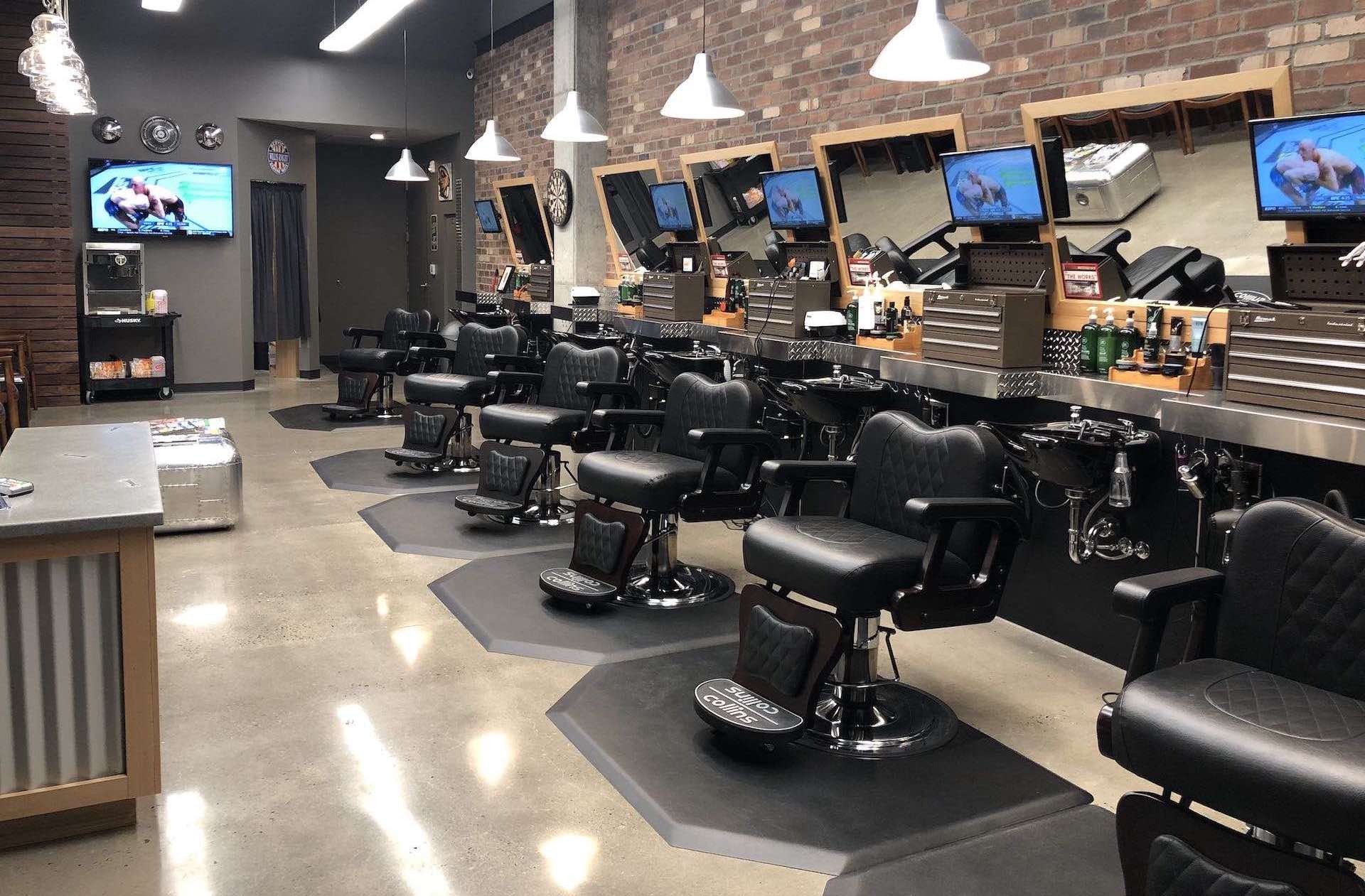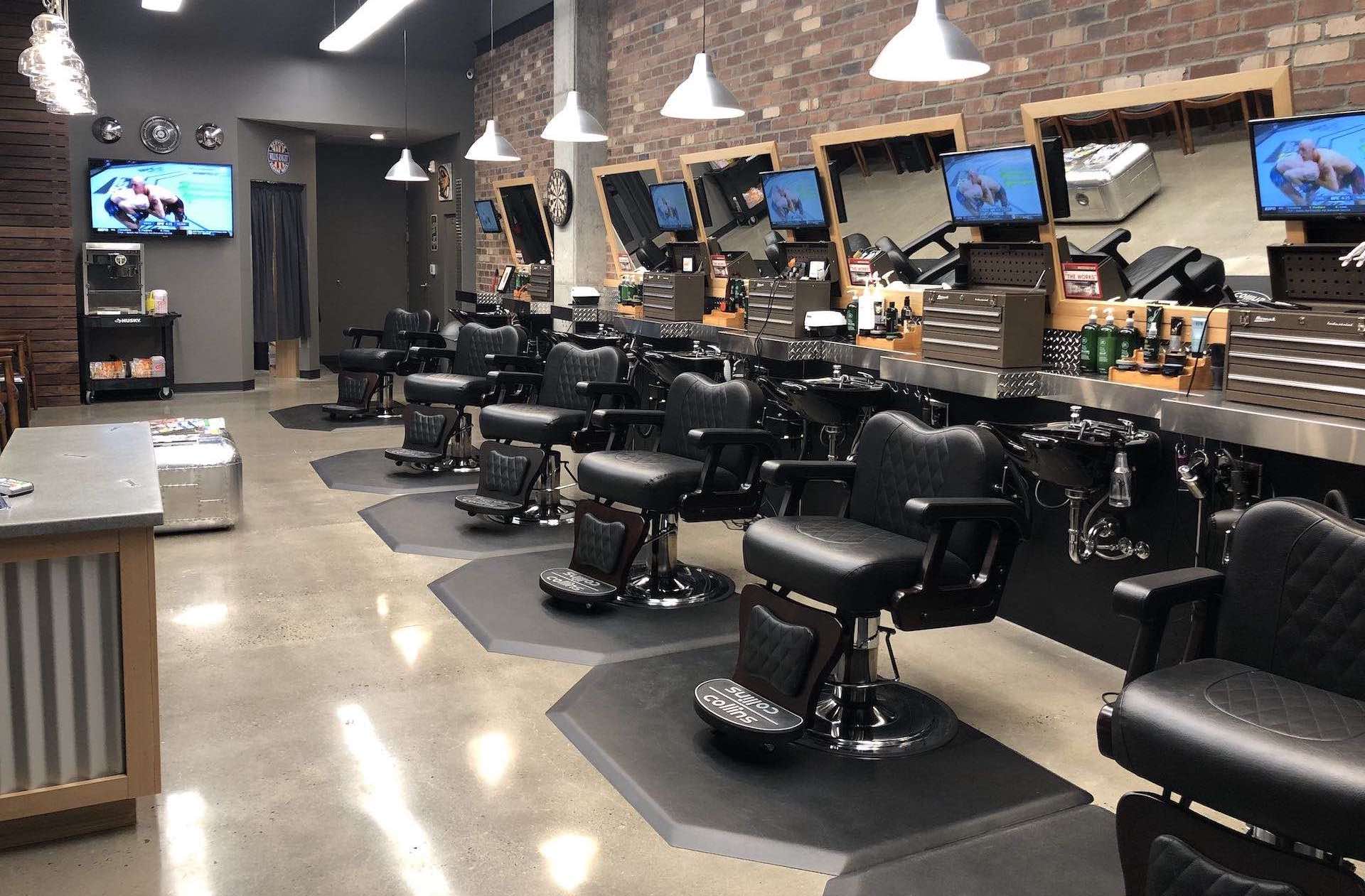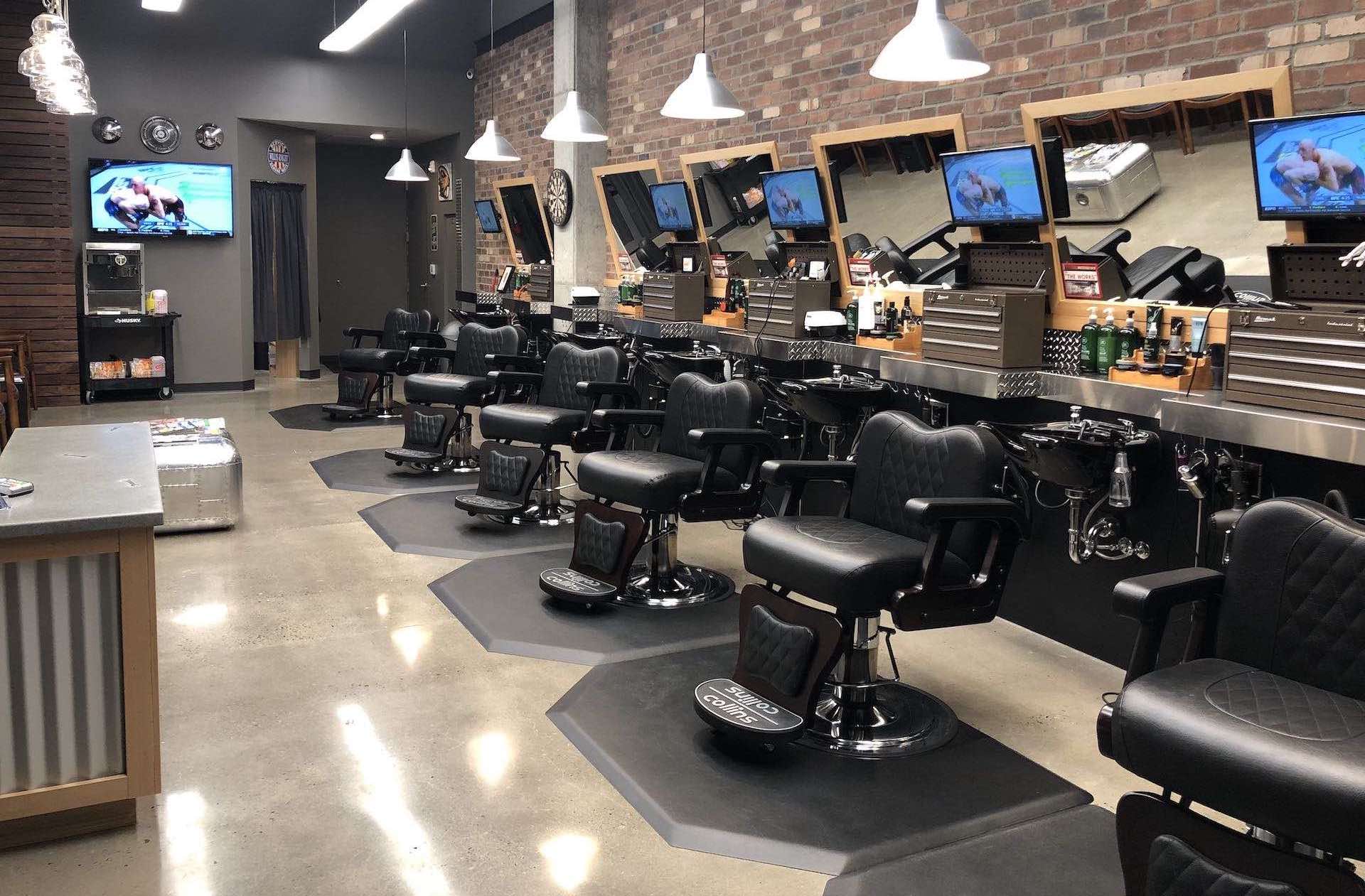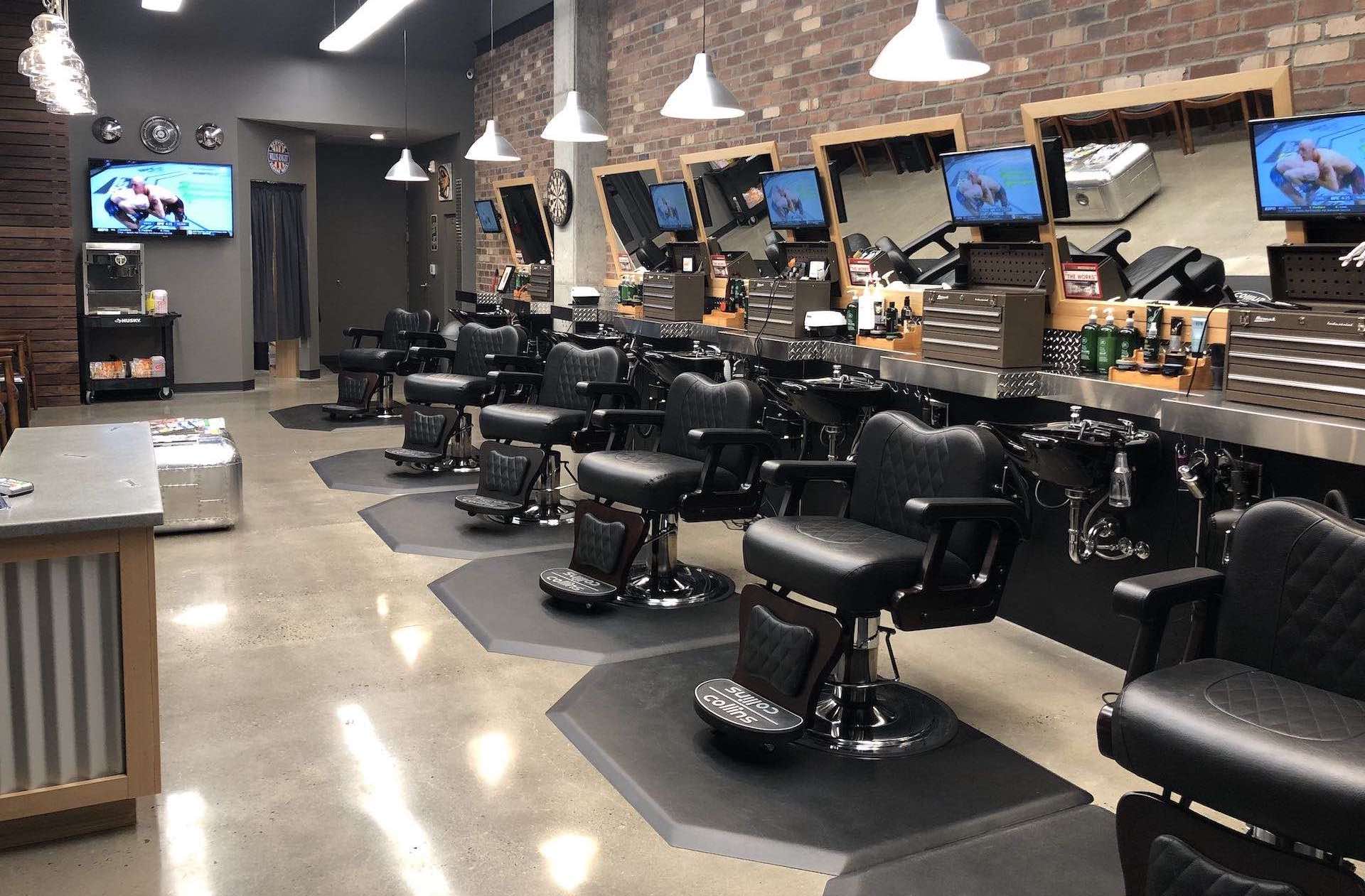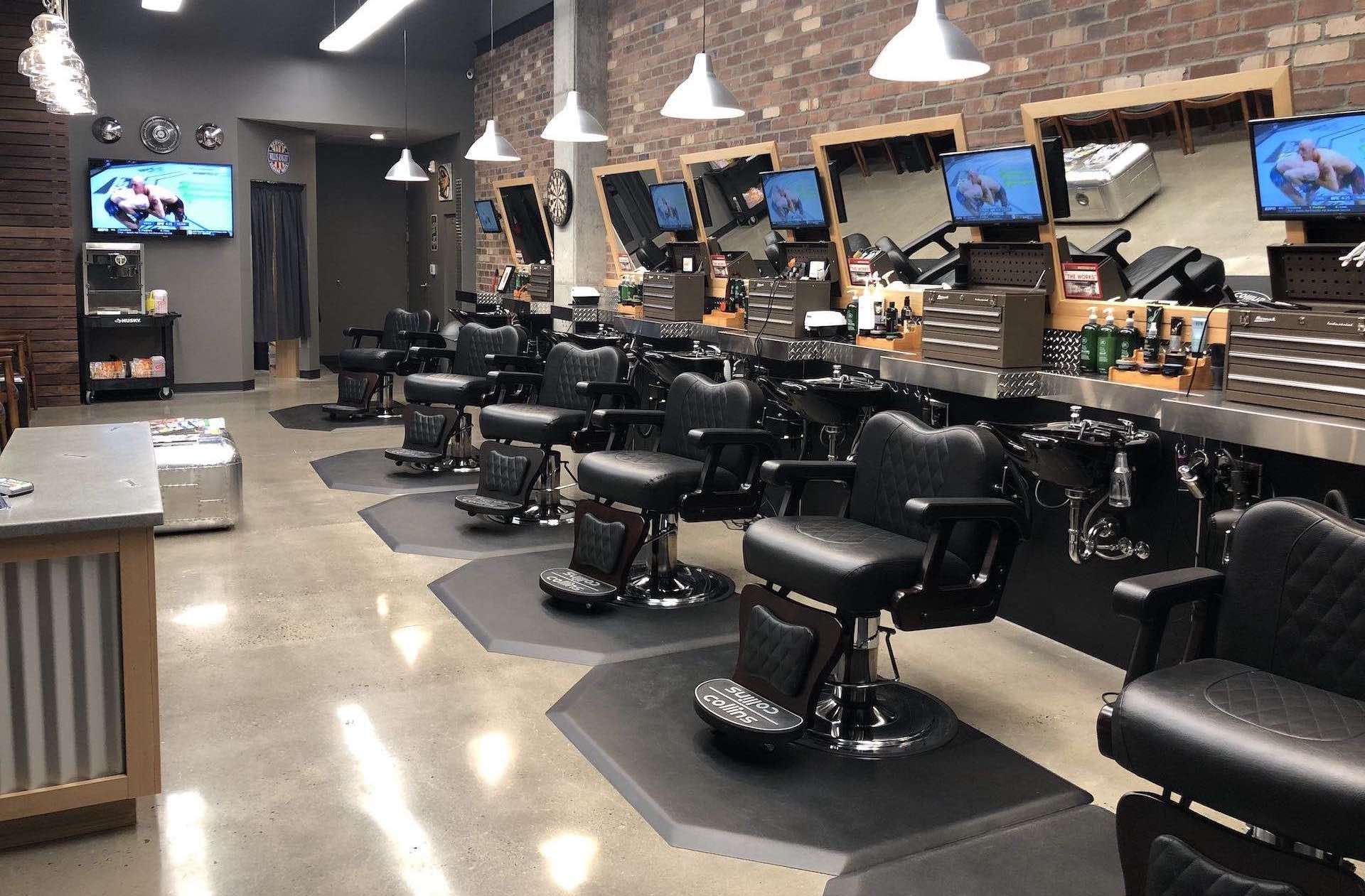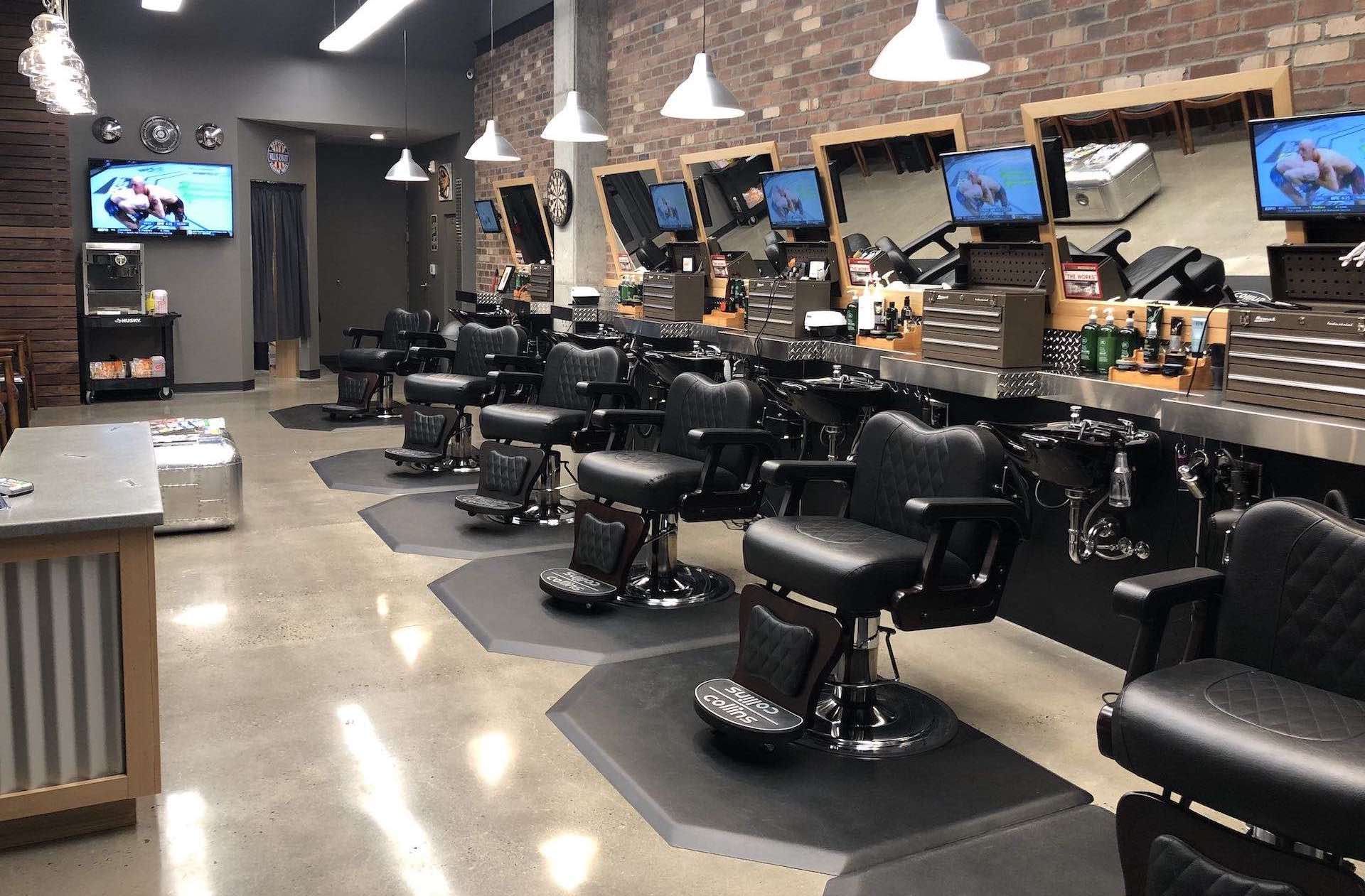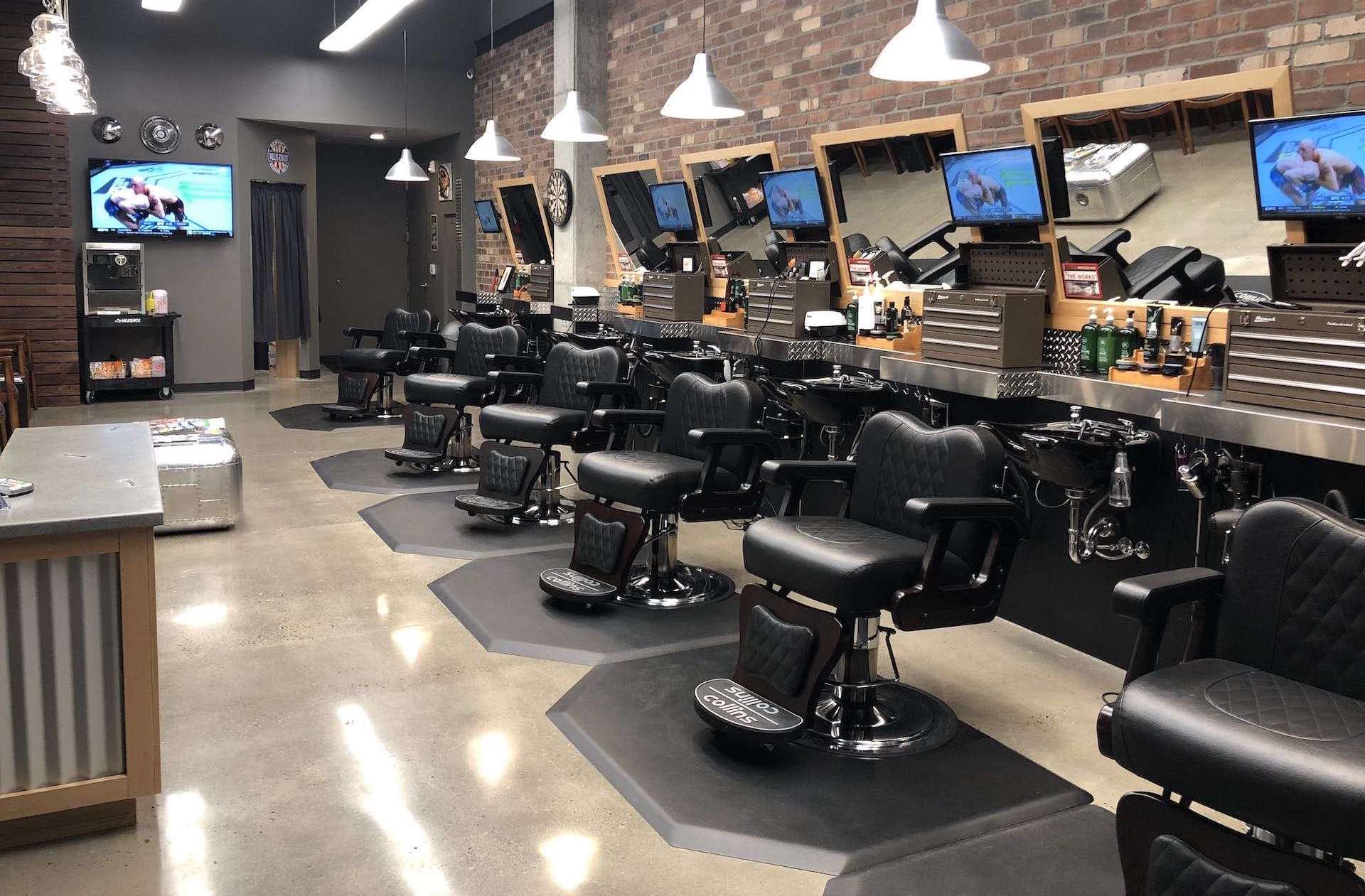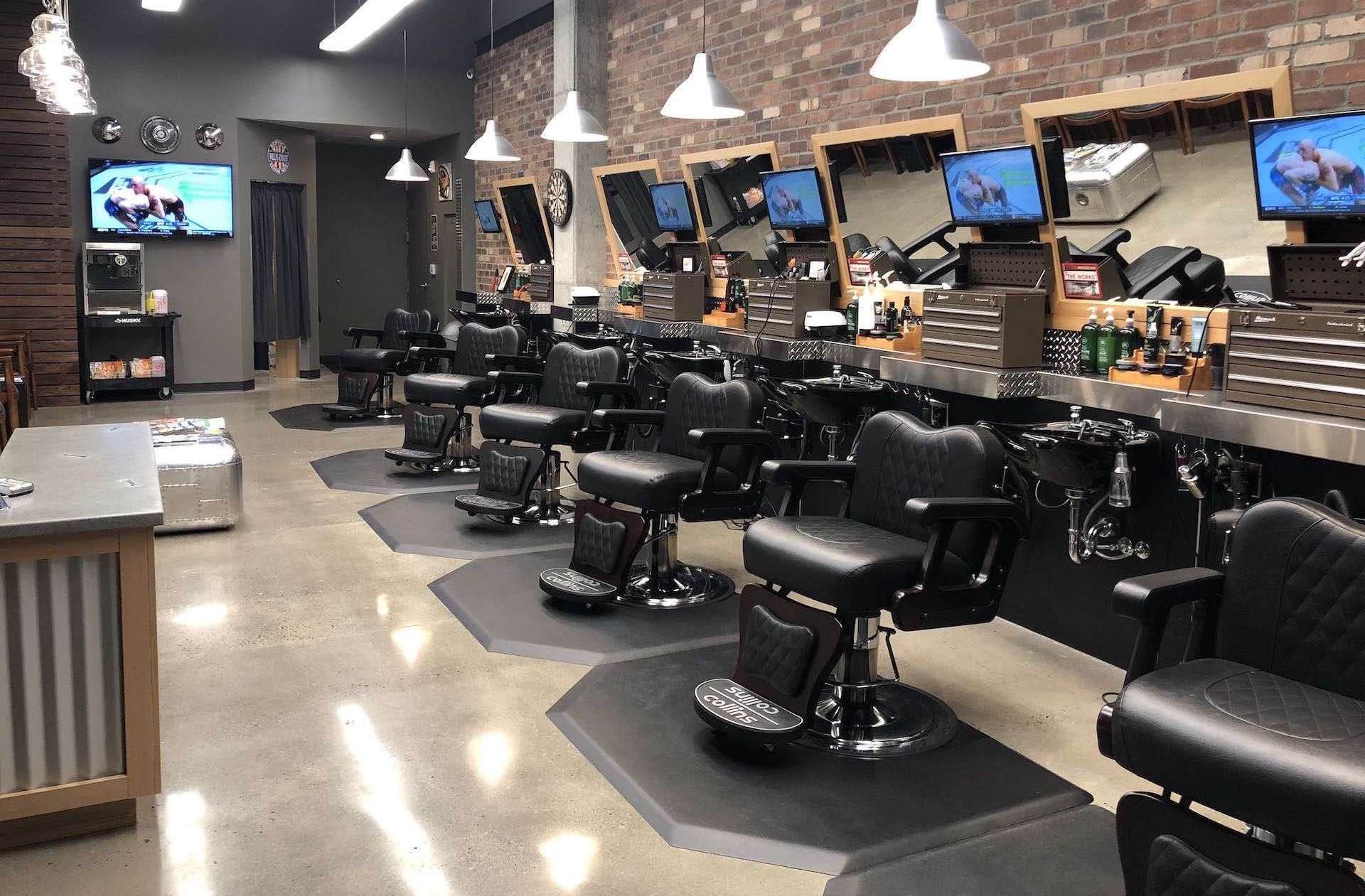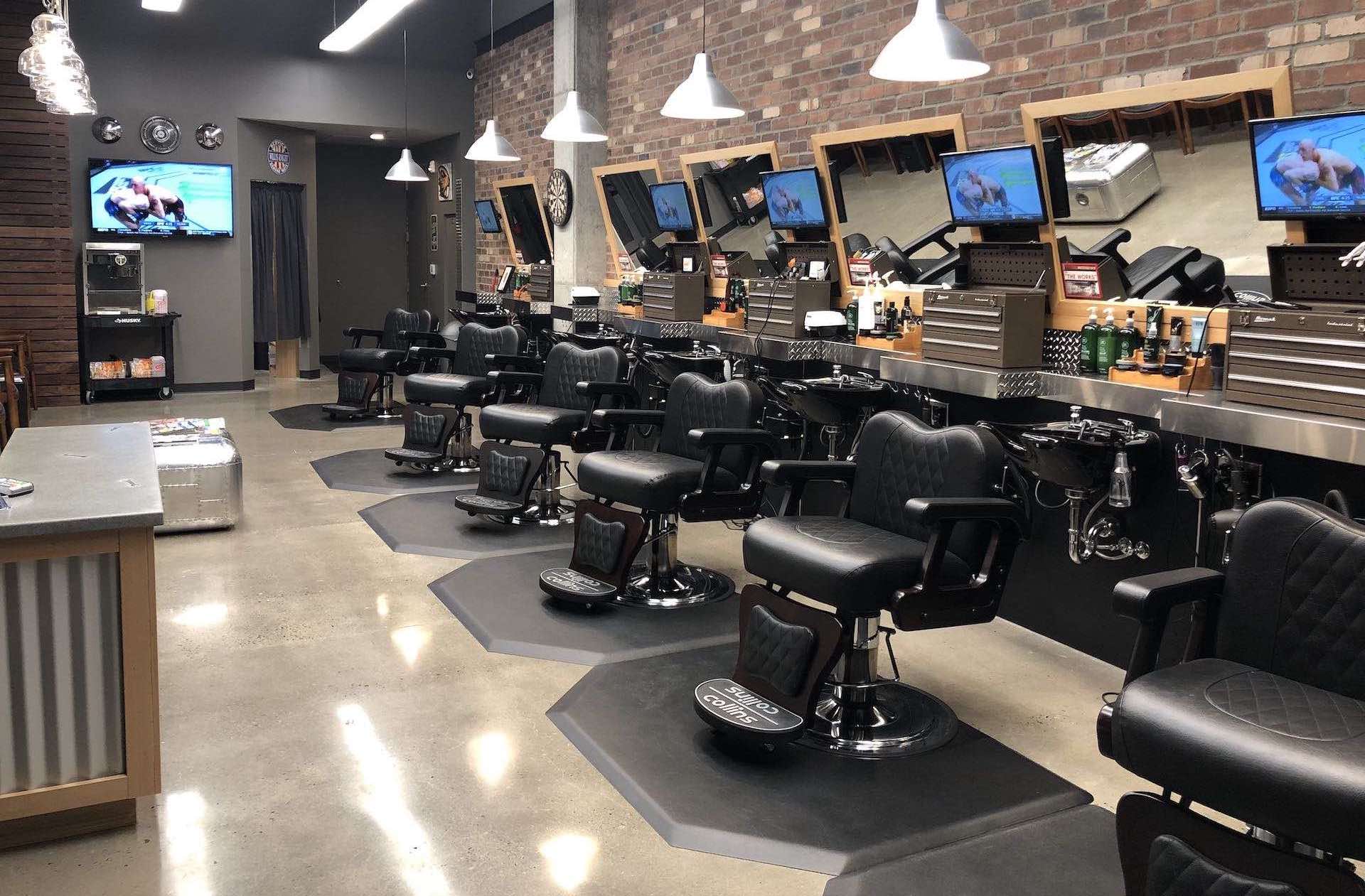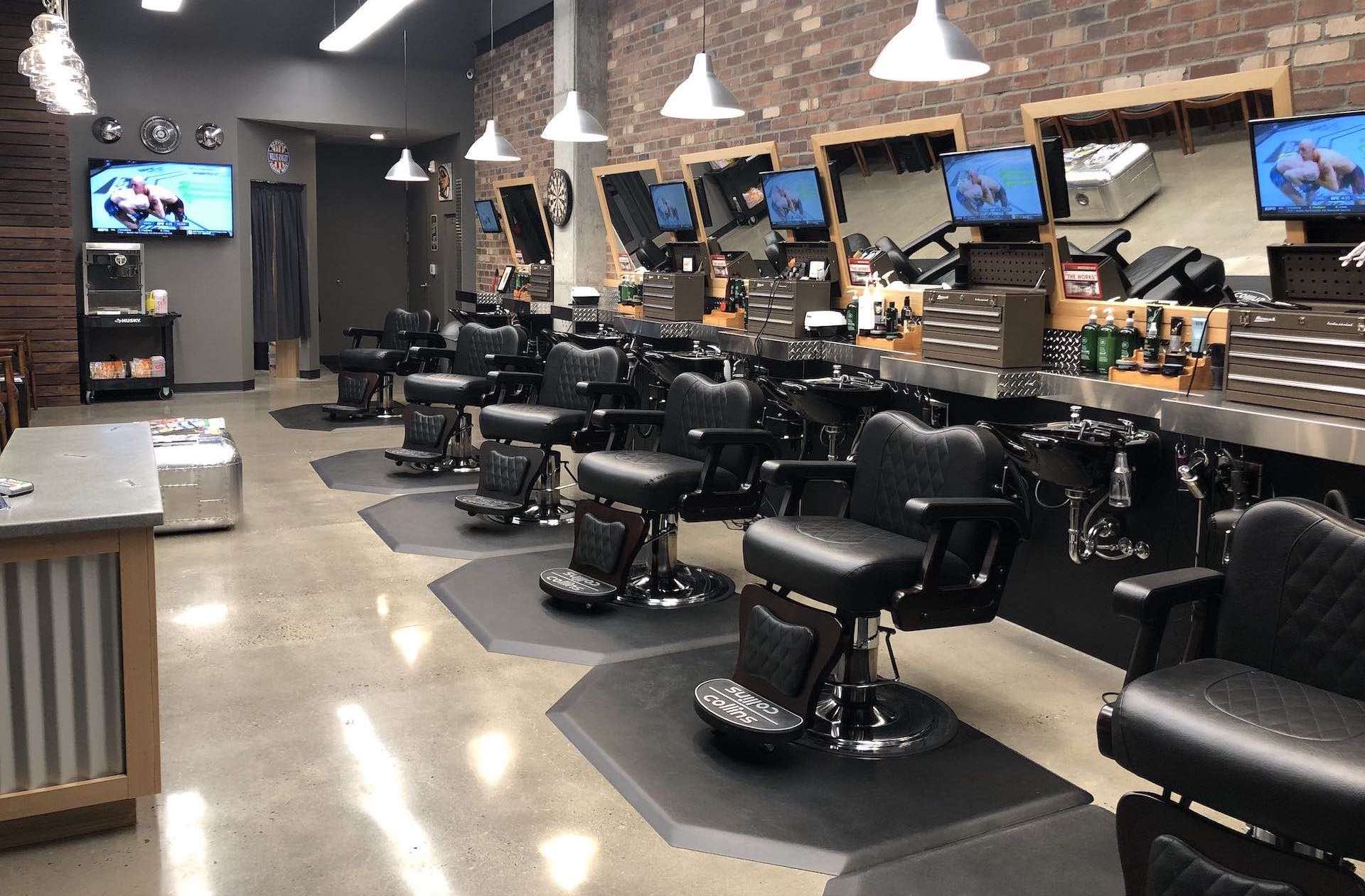The barbering industry relies heavily on apprenticeship programs to develop skilled professionals and maintain traditional craftsmanship. However, employing apprentices in a barber shop environment introduces unique risks and insurance considerations that standard business policies may not adequately address. Understanding the specific insurance needs for barber shop apprentice programs is crucial for protecting your business, your apprentices, and your customers.
Understanding Barber Shop Apprentice Risks
Apprentice barbers face distinct challenges that differ from fully qualified professionals. They're learning to handle sharp instruments, working with chemicals, and developing customer service skills while under supervision. This learning environment creates specific liability exposures that require specialized insurance coverage.
Common risks include apprentice-related injuries from razor cuts or scissor accidents, chemical burns from hair treatments, customer dissatisfaction with apprentice services, and potential damage to expensive barbering equipment during training. Additionally, apprentices may lack the experience to properly sanitize equipment or follow health regulations, creating additional liability concerns.
Essential Insurance Coverage for Barber Shop Apprentices
Professional Indemnity Insurance becomes particularly important when employing apprentices. This coverage protects against claims arising from apprentice errors, inadequate supervision, or training-related incidents that result in customer injury or dissatisfaction. It covers legal costs and compensation claims when apprentice work falls below expected standards.
Employers Liability Insurance is legally required and covers injuries to apprentices while working in your shop. This includes coverage for training-related accidents, repetitive strain injuries from learning proper cutting techniques, and any workplace injuries that occur during the apprenticeship period.
Public Liability Insurance protects against third-party claims involving apprentices, including customer injuries caused by apprentice mistakes, damage to customer property, or accidents involving members of the public visiting your premises during training sessions.
Product Liability coverage is essential when apprentices handle hair care products, dyes, or treatments. This protects against claims if products used by apprentices cause allergic reactions, chemical burns, or other adverse effects on customers.
Specialized Apprentice Training Coverage
Training Supervision Liability provides specific protection for the supervisory relationship between master barbers and apprentices. This coverage addresses claims arising from inadequate supervision, failure to provide proper training, or incidents that occur when apprentices work beyond their skill level.
Equipment and Tools coverage should extend to apprentice use of expensive barbering equipment. Apprentices may be more likely to damage clippers, scissors, or other professional tools while learning, and standard equipment coverage may not account for training-related damage.
Work Experience Liability covers apprentices during off-site training experiences, competitions, or educational visits to other barbering establishments. This ensures coverage continues even when apprentices are learning outside your primary business premises.
Regulatory Compliance and Apprentice Insurance
Barber shops employing apprentices must comply with various regulations, and insurance coverage should reflect these requirements. Health and safety compliance becomes more complex with apprentices who are still learning proper procedures and safety protocols.
Apprenticeship scheme compliance may require specific insurance coverage levels or types. Many formal apprenticeship programs have insurance requirements that participating employers must meet to remain eligible for government funding or support.
Professional standards coverage ensures your business meets industry requirements for training and supervising apprentices, protecting against claims that your training program was inadequate or failed to meet professional standards.
Age and Experience Considerations
Young apprentices may present different risk profiles than experienced workers. Insurance policies should account for the fact that apprentices are typically younger, less experienced, and may be more prone to accidents or mistakes during the learning process.
Graduated responsibility coverage recognizes that apprentices should gradually take on more complex tasks as their skills develop. Your insurance should provide appropriate coverage as apprentices progress from basic tasks to more advanced barbering techniques.
Mentorship liability protects the mentor-apprentice relationship, covering claims that arise from the guidance and instruction provided to apprentices throughout their training period.
Customer Relations and Apprentice Services
Customer communication coverage protects against claims arising from misunderstandings about apprentice involvement in services. Customers should be informed when apprentices will be providing services, and insurance should cover situations where this communication fails.
Service quality assurance becomes more important when apprentices are involved in customer services. Coverage should address situations where apprentice work requires correction, refunding, or additional professional attention.
Reputation management coverage helps protect your business reputation if apprentice-related incidents become public or affect customer confidence in your establishment.
Training Environment Safety
Workshop safety coverage addresses the unique risks of operating a training environment within a commercial barber shop. This includes coverage for accidents that occur during training sessions, demonstrations, or practical skill development.
Equipment sharing liability covers situations where multiple apprentices share tools or equipment, potentially increasing the risk of cross-contamination or equipment damage.
Supervision gaps coverage protects against incidents that occur when apprentices work with reduced supervision, recognizing that training environments may sometimes require apprentices to work more independently.
Financial Protection for Training Programs
Business interruption coverage should account for the impact of apprentice-related incidents on your business operations. If an apprentice-related claim forces you to suspend training programs or reduces customer confidence, this coverage helps maintain financial stability.
Training investment protection covers the financial investment you make in apprentice programs, including wages, training materials, and educational resources that may be lost if apprentices leave the program early or if incidents disrupt training.
Recruitment and replacement costs coverage helps with expenses if you need to recruit new apprentices or replace those who leave due to incidents or injuries covered by your insurance policy.
Claims Management and Support
Apprentice-specific claims handling ensures that insurance providers understand the unique nature of training-related incidents and can provide appropriate support and guidance throughout the claims process.
Educational support services may be available through specialized insurers, providing additional training resources or safety guidance to help prevent future apprentice-related incidents.
Legal guidance specific to apprenticeship law and employment regulations helps ensure your business remains compliant while managing apprentice-related insurance claims.
Choosing the Right Insurance Provider
Look for insurers with specific experience in barbering and apprenticeship programs. They should understand the unique risks and regulatory requirements associated with training apprentices in professional barbering environments.
Policy flexibility is important as your apprentice program grows and evolves. Your insurance should be able to adapt to changing numbers of apprentices, different training levels, and evolving business needs.
Claims support should include understanding of the barbering industry and apprenticeship programs, ensuring that claims handlers can provide knowledgeable assistance when incidents occur.
Cost Considerations and Risk Management
Insurance costs for apprentice programs can be managed through effective risk management strategies. Implementing comprehensive training protocols, maintaining detailed supervision records, and ensuring proper safety equipment can help reduce premiums.
Regular policy reviews ensure your coverage remains appropriate as your apprentice program develops and your business grows. Annual assessments should consider changes in apprentice numbers, training methods, and business operations.
Conclusion
Barber shop apprentice insurance is essential for protecting your business while supporting the next generation of barbering professionals. By understanding the unique risks associated with training apprentices and securing appropriate coverage, you can operate your apprenticeship program with confidence while protecting your business, your apprentices, and your customers.
The investment in comprehensive apprentice insurance coverage pays dividends in peace of mind and financial protection, allowing you to focus on what matters most: training skilled barbers and maintaining the proud traditions of the barbering profession.


 0330 127 2333
0330 127 2333
